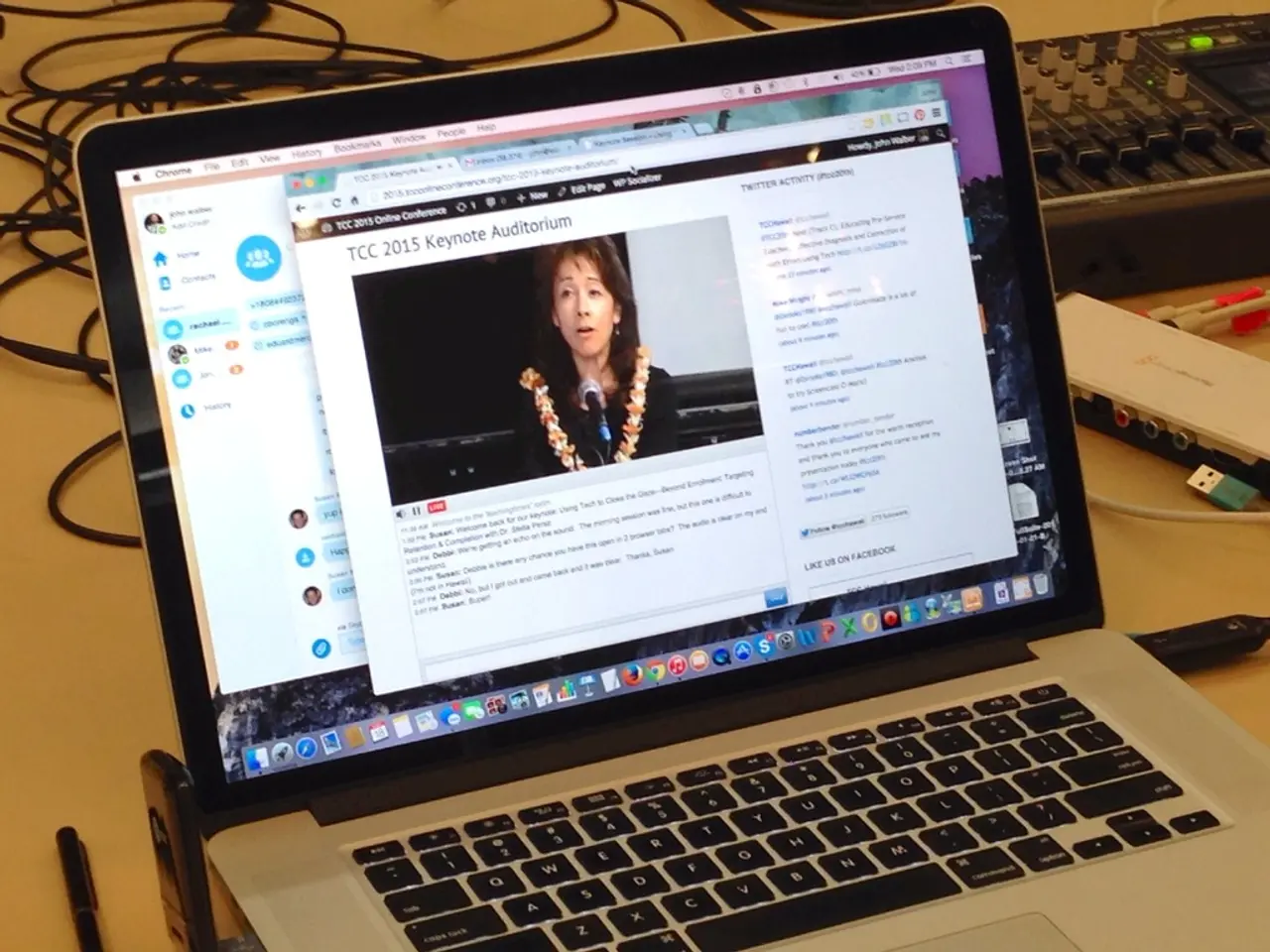Impact of the One Big Beautiful Bill Act on Student Loan Borrowing
New Student Loan Changes Affecting Borrowers from July 2026
President Trump recently signed into law a tax and spending bill that will bring significant changes to student loans, affecting borrowers starting from July 2026. Here's a breakdown of the key modifications:
Student Loan Repayment Plans
Current income-driven repayment plans, including the SAVE plan, PAYE, IBR, and ICR, will be eliminated by July 1, 2028. Borrowers on these plans must shift to two new repayment plans available from July 1, 2026.
Direct (Parent) PLUS Loans and Graduate School Loan Caps
Parent PLUS borrowers will have a limit of $20,000 per year and a lifetime cap of $65,000 per child. Graduate students are permitted to borrow up to $20,500 per year, with a lifetime cap of $100,000 for masters degree students. Professional graduate programs, such as medicine and law, have higher caps: $50,000 per year with a lifetime cap of $200,000. The Grad PLUS loan program, which allowed graduate students to borrow an amount equal to the total cost of their graduate education, will be eliminated.
Pell Grant Eligibility
Eligibility for Pell Grants will tighten for students with full-ride scholarships and those receiving non-Title IV external grant aid that covers or exceeds their cost of attendance. However, eligibility will be expanded to include short-term, accredited workforce training programs and allow students with bachelor's degrees to use Pell Grants for very short-term accredited programs. The bill also aims to avoid Pell funding shortfalls and stops Pell Grants from covering indirect costs like fees, room, and board.
529 Education Savings Plans
The bill broadens qualified expenses for 529 saving plans to include standardized testing fees and tutoring for grade, middle, and high school students, which will have a tangential effect on future college students.
Additional Context
The bill also imposes new accountability requirements on institutions of higher education, blocking federal loans for programs where graduates earn below certain income thresholds compared to median earnings of high school or bachelor’s degree graduates in the state.
The subsidized federal loan program for undergraduates will be eliminated, meaning undergraduates will accrue interest on all loans immediately, increasing their cost of borrowing. The shift in Pell Grant eligibility away from full scholarships and "last dollar" programs aims to better target aid to those in need.
The Repayment Assistance Plan (RAP) has a 30-year repayment period, and forbearance for those experiencing economic hardship for loans made after July 2027 will be shortened. The bill eliminates deferment options for loans made after July 2027.
The duration of the Standard Repayment Plan is determined by the amount of money borrowed, while the Repayment Assistance Plan (RAP) has payments of 1 to 10 percent of the borrower's adjusted gross income over a 30-year repayment period.
The bill does not affect the eligibility of K-12 students for Pell Grants, and it does not specify any changes to the maximum payouts for Pell Grants. Starting in 2026, parents of undergraduate students can borrow up to $20,000 a year with a cap of $65,000 total per student for undergraduate education from federal loan programs. Students attending certain vocational or job-training programs will be eligible for Pell Grants starting from 2026.
- Amidst the upcoming changes in student loans, one might keep a close eye on the latest news in education-and-self-development for potential strategies to manage increased borrowing costs.
- As the tax and spending bill phases out the subsidized federal loan program for undergraduates, there may be a shift towards watching art and financial news for alternative sources of funding, like scholarships or private loans.
- With the introduction of new repayment plans and changes to Pell Grant eligibility, prospective graduate students in fields like medicine and law, who have higher loan caps, may find it beneficial to follow business and news insights about their chosen industries to secure better-paying jobs after graduation.




